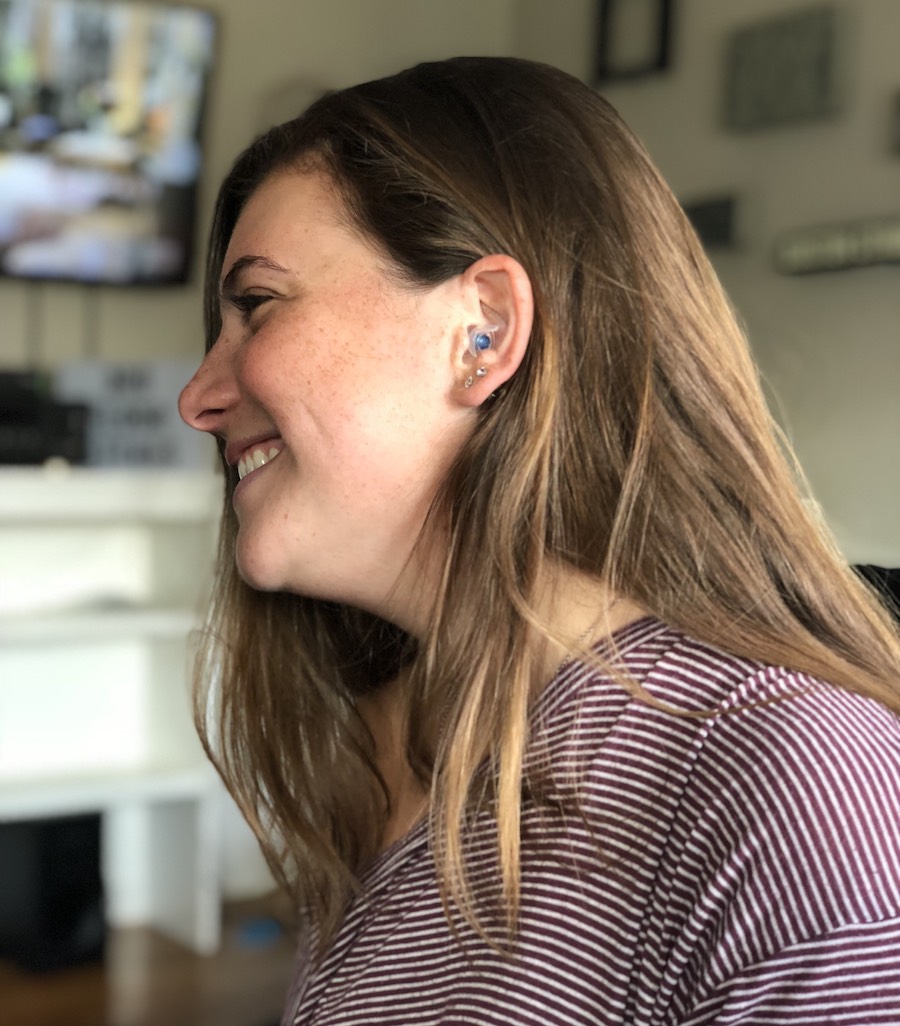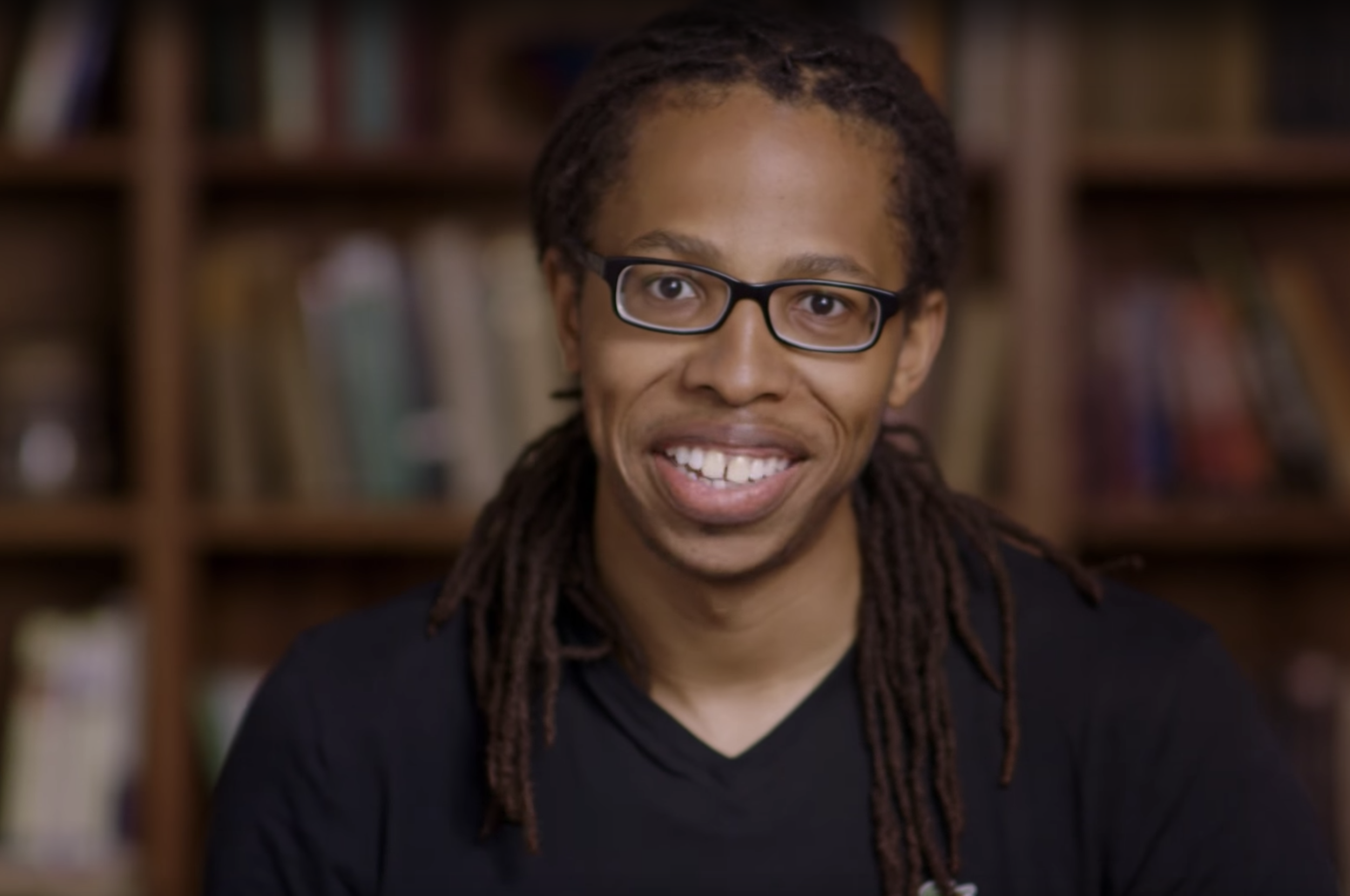By Lauren McGrath
Every Veterans Day, Hearing Health Foundation (HHF) celebrates the brave individuals who have served and sacrificed to defend our country. We are grateful to our active military members and veterans for their courageous protection of American values and freedoms.
As we honor those who have served in the U.S. Armed Forces, we acknowledge a tragic and troubling health problem. An astounding number of veterans—60% of those returning from Iraq and Afghanistan—live with tinnitus and noise-induced hearing loss. In 2017, the Veterans Administration reported 1.79 million disability compensation recipients for tinnitus and 1.16 million compensation recipients for hearing loss, the number one and two disabilities, respectively. In an HHF video about hearing loss treatment, Retired Army Colonel John Dilliard, Chair-Elect of HHF’s Board of Directors, explains, “The noise from repeated gunfire and high-frequency, high-performance aircraft engines takes its toll on the human hearing mechanisms.” Col. Dillard lives with both tinnitus and hearing loss following 26 years of service.
John Dillard and fellow soldiers, Fort Irwin National Training Center, 1977.
Dr. Bruce Douglas, 93, remembers the moment his hearing became severely compromised while serving in the Navy during the Korean War. “On what was my 26th birthday, after pulling the trigger on the M1 rifle with no protection (none of us had any) multiple times, I was left with tendonitis in both knees—and worse, permanent, chronic tinnitus due to acoustic trauma. My hearing went downhill ever after, and every imaginable kind of sound and sensation has resulted from my tinnitus,” Douglas writes in the Fall 2018 issue of Hearing Health.
Hearing protection training must start as soon as one enters the military. But there is a misconception that hearing protection inhibits vital communication and mission readiness because hearing signs of danger is imperative to survival. “Soldiers want to be able to hear the snap of the twig and want to be able to be situationally. As a result, they are often resistant to wearing hearing protection,” Col. Dillard says.
Fortunately, sophisticated hearing protection technology does exist so that military personnel do not have to choose between protecting their ears or their lives. Examples include noise-attenuating helmets, which use ear cups to protect against hazardous sound, and Tactical Communication and Protective Systems, which protect against loud noises while amplifying soft ones.
The U.S. military continues to work toward safer hearing in the service. The U.S. Army has developed the Tactical Communication and Protective System (TCAPS), which are earbuds that dampen dangerous noises to safe levels using microphones and noise-canceling technology, while also providing amplification of softer sounds and two-way communication systems. An initiative by the U.S. Air Force called Total Exposure Health (TEH), meanwhile, focuses on overall health both on and off the job, will measure cumulative noise exposure over the course of 24 hours. These developments and others, which HHF applauds, are covered in greater detail in Hearing Heath’s Fall 2017 issue.
As greater preventative technology for our military becomes available, HHF remains dedicated to finding better treatments and cures for tinnitus and hearing loss to benefit the lives of millions of Americans, including veterans, a disproportionately affected group. We hope you will join us in remembering their sacrifices with gratitude and compassion.


















